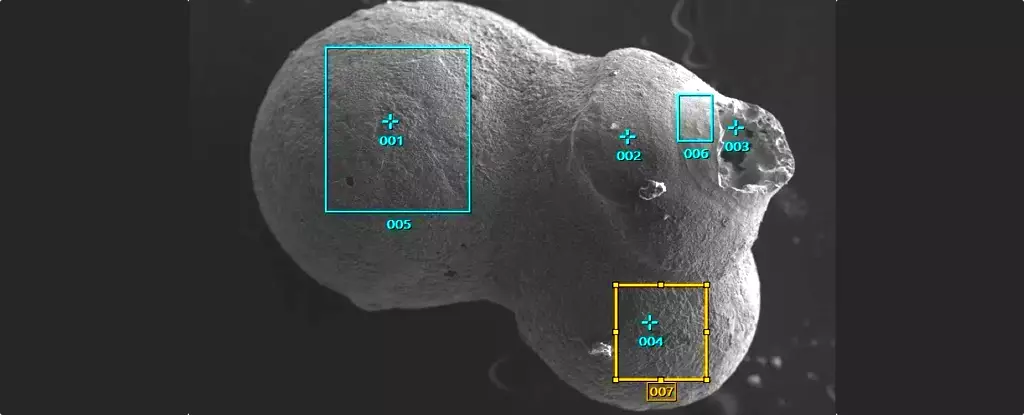Upon closer examination of the seismic signals believed to have originated from an interstellar meteor’s impact on Earth, it appears that there may have been a significant misinterpretation. While initially thought to be evidence of an extraterrestrial event, it has been suggested that the seismic data might actually be attributed to terrestrial causes. Benjamin Fernando, a planetary seismologist at Johns Hopkins University, pointed out that the signal detected may align more closely with the passage of a truck on a nearby road rather than a meteorite falling from space.
Fernando emphasized the difficulty in definitively confirming the source of a particular signal. However, by comparing the characteristics of the signal with known patterns, it is possible to differentiate between signals originating from natural phenomena like meteorites and those from human activities such as passing vehicles. The precision of the trajectory measurement derived from the seismic data raised suspicions, as it exceeded the accuracy of similar measurements based on multiple monitoring stations.
Further investigation by Fernando and his team delved into data from various monitoring stations across Papua New Guinea and Australia, shedding light on the actual location of the meteor impact. Contrary to the original assumptions made by astrophysicists Avi Loeb and Amir Siraj, the meteorite was determined to have fallen over 170 kilometers away from the area where the spherules were discovered. This discrepancy highlights the importance of thorough analysis and cross-referencing of data to avoid erroneous conclusions.
The case of misinterpreted signals is not unique, as historically, scientists have encountered instances where natural phenomena were mistaken for unusual celestial events. Human activity, including technological interference, often complicates the detection and interpretation of signals from outer space. Distinguishing between authentic astronomical events and terrestrial disturbances requires vigilance and comprehensive assessment of all available data.
Evidence for Extraterrestrial Intelligence
While the discovery of meteoritic spherules on the ocean floor initially sparked speculation about extraterrestrial involvement, subsequent analysis suggests a more mundane explanation. The sheer volume of cosmic spherules constantly bombarding Earth makes it challenging to attribute any individual finding to a specific meteor. Moreover, recent studies questioning the velocity calculations of the meteor in question cast doubt on its interstellar origins, indicating the need for meticulous scrutiny in claims of extraterrestrial intelligence.
The reevaluation of seismic signals purportedly linked to an interstellar meteor underscores the complexity of distinguishing between natural and artificial sources of signals. The scientific community must approach extraordinary claims with caution and rigor, demanding robust evidence to support any assertions of extraterrestrial phenomena. As researchers continue to explore the mysteries of the cosmos, maintaining a critical eye and a commitment to thorough investigation are paramount.


Leave a Reply